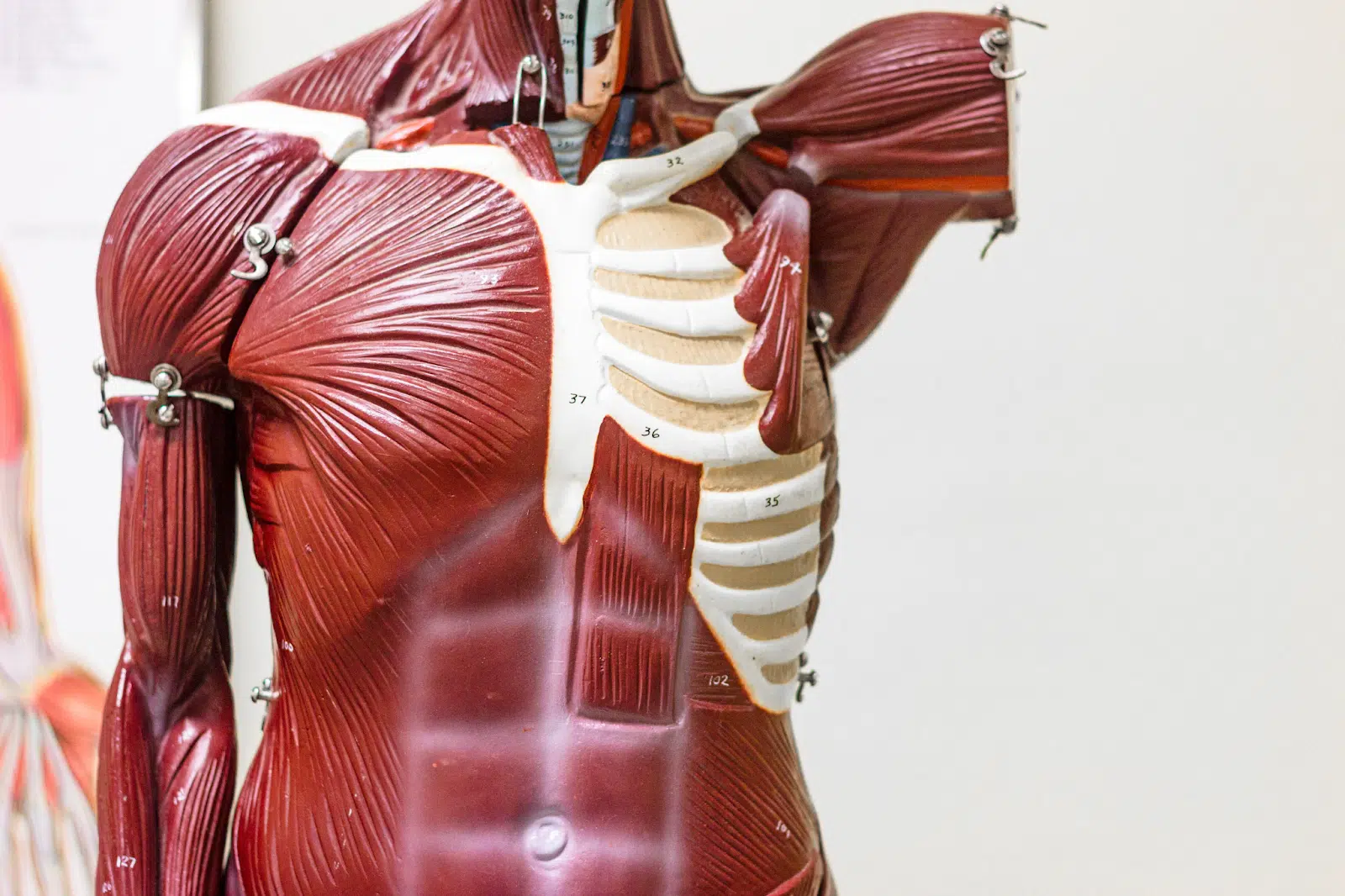A graphic designer is a specialist in the development of visual materials and artistic design of the environment. He creates designs for printed materials and infographics, does graphic design for books and magazines, and draws illustrations for various products.
Graphic design is not only about beautiful images and visual appeal. In healthcare, it can play an unobvious and important role. Graphic design for health is a new concept that combines two important areas: graphic design and healthy living. This means that designers use their skills and knowledge to create graphics that can help people stay healthy and maintain a healthy lifestyle.
Designers can create logos, banners, posters, and other healthcare graphics that will grab people’s attention and help them navigate the hospital or clinic more easily. For example, bright and clear signs on the doors will help patients quickly find the right department or office.
Brand Vision
Graphic design is widely used in logo creation. This is also true for the healthcare sector. But before you start designing a logo, you need to define your brand vision. You need to consider what you are going to convey to your audience: a certain type of physical fitness or general health status. Additionally, you need to decide how you want your customers to recognize your brand. A healthcare logo represents a sales pitch. So you need to figure out what impression you want to convey with it. You need to determine who you are, what your mission is and what you want to deliver.
Patient Education
One of the unobvious implementations of graphic design in the healthcare industry is educating people. It is not easy for patients without medical education to perceive terminology and other medical information. The skills of graphic designers make it possible to create visually attractive illustrations and graphics that are easy to understand for the average person.
Patient Experience
Improving the quality of patient care is another opportunity to use the skills of a graphic designer. The practical use of graphic design simplifies patient orientation on the website of medical institutions, and also helps to better understand the services provided.
Infographics
This is a convenient option to systematise information about medical indicators and types of diseases in a visually understandable form. You can use this tool to generate data on how to prevent cardiovascular disease or demonstrate how to prevent cancer.
Illustrations
This visualisation format provides a more accurate and detailed view than photos. You can use illustrations to create a schematic segmentation of the human anatomy or show the process of a surgical procedure step by step.
Navigation Systems
This system allows you to navigate the application to find the information you need and quickly make an appointment with the right specialist. Also, with the help of navigation, the patient can read about his symptoms and learn more.
But graphic design for health is not limited to healthcare establishments. It can also help people who want to keep a healthy lifestyle. For example, designers can create graphics for fitness clubs that will motivate people to exercise and stay healthy.
Additionally, graphic design can be used to create packaging for products that promote a healthy lifestyle. For example, colourful and attractive packaging of fruits and vegetables can motivate people to eat more healthy foods.
Conclusion
Overall, graphic design for health is a new and exciting field that combines two important areas: graphic design and healthy living. It can help healthcare providers attract more patients and help them navigate the hospital or clinic more easily. Additionally, it can help people lead a healthy lifestyle and motivate them to exercise and eat more healthy foods.
Graphic design can be used to create infographics and other graphic elements that help people understand complex medical terms and procedures. This is especially important for people who are not medically trained and may have difficulty understanding medical information.
Lucas Noah, armed with a Bachelor’s degree in Information & Technology, stands as a prominent figure in the realm of tech journalism. Currently holding the position of Senior Admin, Lucas contributes his expertise to two esteemed companies: OceanaExpress LLC and CreativeOutrank LLC. His... Read more
